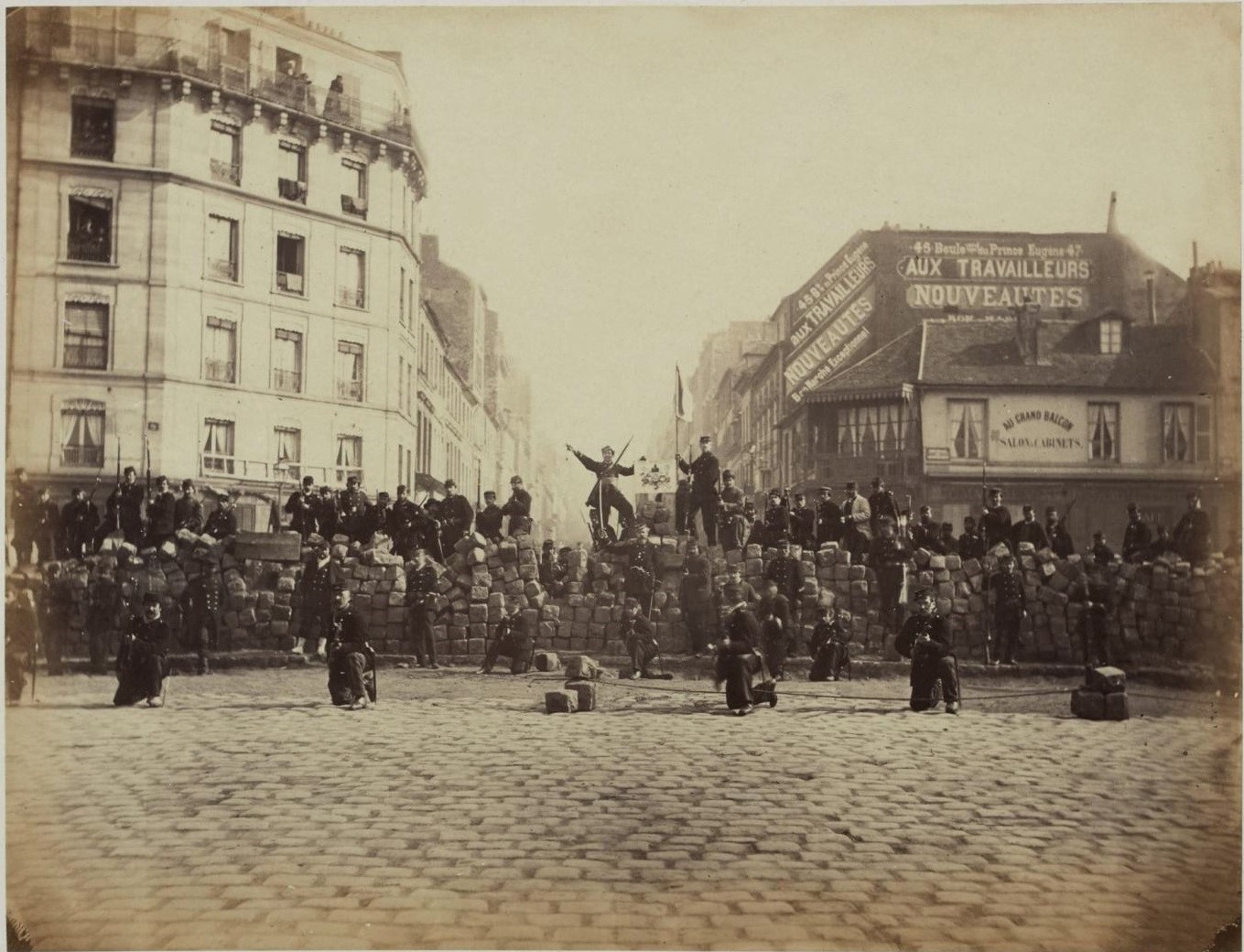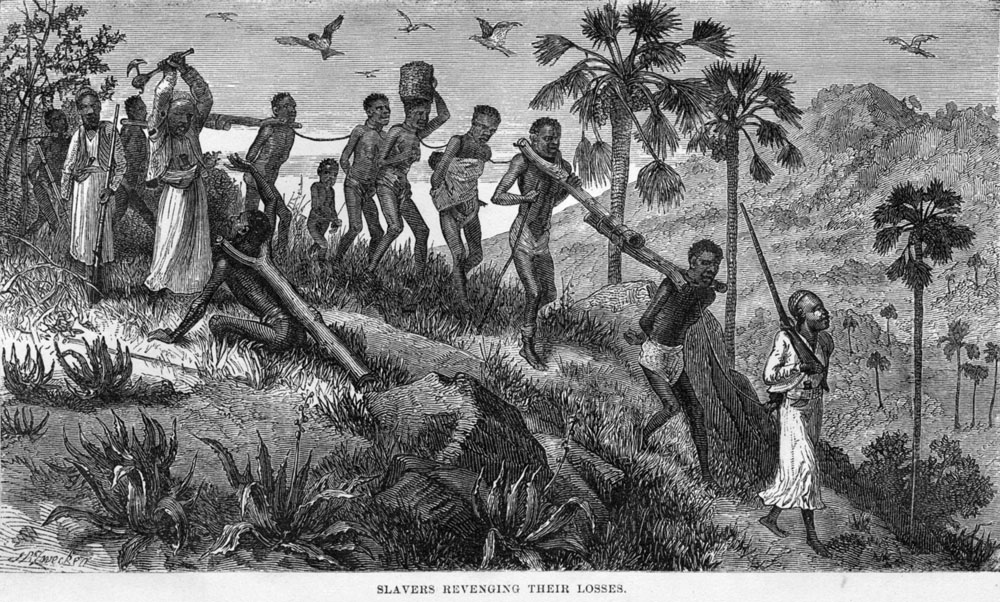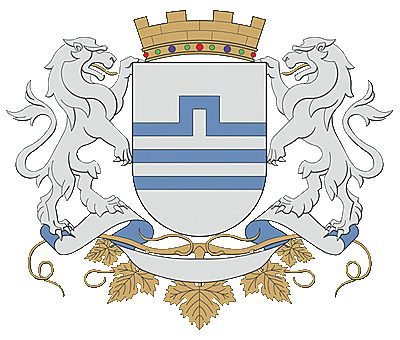|
Oso Kuka
Osman Bejtullah Agë Kuka, also known as Oso Kuka (c. 1812/1820–1862), was an Albanian border guard in the Ottoman-Montenegrin border. Surrounded by Montenegrin soldiers in a tower on the island of Vranjina, he blew it up killing himself and many of the Montenegrin soldiers. In the following decades, he became a rallying figure of the Albanian independence movement and a much-celebrated character of important works in Albanian literature. Background Two Decades earlier, several battles had been fought over the possession of the island, primarily between Ottoman forces, joined by Albanians, and Montenegrins. Between 1835-1844, various rebellions among Albanian highlanders against the Porte led to the enforcement of local Albanian interests. On October 16, 1843, Ottoman forces numbering 12000, led by the Governor of Shkodër, seized the island. The Ottomans arrived at the lake with 50-60 Cannons and opened fire against the Montenegrin troops in the tower. The Ottomans blew ... [...More Info...] [...Related Items...] OR: [Wikipedia] [Google] [Baidu] |
Albania (periodical)
''Albania'' was an Albanian periodical published by Faik Konica, one of the most important figures of Albanian culture in the early decades of the twentieth century. ''Albania'' was published from 1896-7 to 1910 and is widely regarded as the most important Albanian periodical in the beginning of the 20th century and one of the most important Albanian periodicals to have existed until the end of World War II. History After moving to Brussels, Belgium, Faik Konica at the age of 22 founded the periodical ''Albania'' in 1896-7. It was first published in Albanian, while later translations into French were also circulated. Soon after its publication it became the most important organ of the Albanian press. Its first issue was published on 25 March 1897, in Brussels. From 1902 to 1910 it was published in London, United Kingdom where Faik Konica had moved from Belgium. ''Albania'' was one of the best-known Albanian periodicals in Europe and helped make Albanian culture and cause known ... [...More Info...] [...Related Items...] OR: [Wikipedia] [Google] [Baidu] |
Bajrak
The ''bajrak'' (pronounced or , meaning "banner" or "flag") was an Ottoman territorial unit, consisting of villages in mountainous frontier regions of the Balkans, from which military recruitment was based. It was introduced in the late 17th century and continued its use until the end of Ottoman rule in Rumelia. The bajrak included one or more clans. It was especially implemented in northern Albania and in parts of Kosovo (Sanjak of Prizren and Sanjak of Scutari), where in the 19th century these regions constituted the frontier with the Principality of Serbia and Principality of Montenegro. These sanjaks had notable communities of Gheg Albanians ( Muslims and Catholics), Serbs and Slavic Muslims. The Albanians adopted the system into their clan structure, and bajraks endured during the Kingdom of Serbia (1882–1918) and People's Socialist Republic of Albania (1944–1992). Overview The bajrak was a territorial unit of the Ottoman Empire, consisting of a group of villages, fr ... [...More Info...] [...Related Items...] OR: [Wikipedia] [Google] [Baidu] |
19th-century People From The Ottoman Empire
The 19th (nineteenth) century began on 1 January 1801 ( MDCCCI), and ended on 31 December 1900 ( MCM). The 19th century was the ninth century of the 2nd millennium. The 19th century was characterized by vast social upheaval. Slavery was abolished in much of Europe and the Americas. The First Industrial Revolution, though it began in the late 18th century, expanding beyond its British homeland for the first time during this century, particularly remaking the economies and societies of the Low Countries, the Rhineland, Northern Italy, and the Northeastern United States. A few decades later, the Second Industrial Revolution led to ever more massive urbanization and much higher levels of productivity, profit, and prosperity, a pattern that continued into the 20th century. The Islamic gunpowder empires fell into decline and European imperialism brought much of South Asia, Southeast Asia, and almost all of Africa under colonial rule. It was also marked by the collapse of the la ... [...More Info...] [...Related Items...] OR: [Wikipedia] [Google] [Baidu] |
Activists Of The Albanian National Awakening
Activism (or Advocacy) consists of efforts to promote, impede, direct or intervene in social, political, economic or environmental reform with the desire to make changes in society toward a perceived greater good. Forms of activism range from mandate building in a community (including writing letters to newspapers), petitioning elected officials, running or contributing to a political campaign, preferential patronage (or boycott) of businesses, and demonstrative forms of activism like rallies, street marches, strikes, sit-ins, or hunger strikes. Activism may be performed on a day-to-day basis in a wide variety of ways, including through the creation of art ( artivism), computer hacking (hacktivism), or simply in how one chooses to spend their money ( economic activism). For example, the refusal to buy clothes or other merchandise from a company as a protest against the exploitation of workers by that company could be considered an expression of activism. However, the most ... [...More Info...] [...Related Items...] OR: [Wikipedia] [Google] [Baidu] |
People From Shkodër
A person ( : people) is a being that has certain capacities or attributes such as reason, morality, consciousness or self-consciousness, and being a part of a culturally established form of social relations such as kinship, ownership of property, or legal responsibility. The defining features of personhood and, consequently, what makes a person count as a person, differ widely among cultures and contexts. In addition to the question of personhood, of what makes a being count as a person to begin with, there are further questions about personal identity and self: both about what makes any particular person that particular person instead of another, and about what makes a person at one time the same person as they were or will be at another time despite any intervening changes. The plural form " people" is often used to refer to an entire nation or ethnic group (as in "a people"), and this was the original meaning of the word; it subsequently acquired its use as a plural f ... [...More Info...] [...Related Items...] OR: [Wikipedia] [Google] [Baidu] |
19th-century Albanian People
The 19th (nineteenth) century began on 1 January 1801 ( MDCCCI), and ended on 31 December 1900 ( MCM). The 19th century was the ninth century of the 2nd millennium. The 19th century was characterized by vast social upheaval. Slavery was abolished in much of Europe and the Americas. The First Industrial Revolution, though it began in the late 18th century, expanding beyond its British homeland for the first time during this century, particularly remaking the economies and societies of the Low Countries, the Rhineland, Northern Italy, and the Northeastern United States. A few decades later, the Second Industrial Revolution led to ever more massive urbanization and much higher levels of productivity, profit, and prosperity, a pattern that continued into the 20th century. The Islamic gunpowder empires fell into decline and European imperialism brought much of South Asia, Southeast Asia, and almost all of Africa under colonial rule. It was also marked by the collapse of the la ... [...More Info...] [...Related Items...] OR: [Wikipedia] [Google] [Baidu] |
1862 Deaths
Year 186 ( CLXXXVI) was a common year starting on Saturday (link will display the full calendar) of the Julian calendar The Julian calendar, proposed by Roman consul Julius Caesar in 46 BC, was a reform of the Roman calendar. It took effect on , by edict. It was designed with the aid of Greek mathematics, Greek mathematicians and Ancient Greek astronomy, as .... At the time, it was known as the Year of the Consulship of Aurelius and Glabrio (or, less frequently, year 939 ''Ab urbe condita''). The denomination 186 for this year has been used since the early medieval period, when the Anno Domini calendar era became the prevalent method in Europe for naming years. Events By place Roman Empire * Peasants in Gaul stage an anti-tax uprising under Maternus (rebel), Maternus. * Roman governor Pertinax escapes an assassination attempt, by British usurpers. New Zealand * The Hatepe eruption, Hatepe volcanic eruption extends Lake Taupō and makes skies red across the w ... [...More Info...] [...Related Items...] OR: [Wikipedia] [Google] [Baidu] |
19th-century Births
The 19th (nineteenth) century began on 1 January 1801 ( MDCCCI), and ended on 31 December 1900 ( MCM). The 19th century was the ninth century of the 2nd millennium. The 19th century was characterized by vast social upheaval. Slavery was abolished in much of Europe and the Americas. The First Industrial Revolution, though it began in the late 18th century, expanding beyond its British homeland for the first time during this century, particularly remaking the economies and societies of the Low Countries, the Rhineland, Northern Italy, and the Northeastern United States. A few decades later, the Second Industrial Revolution led to ever more massive urbanization and much higher levels of productivity, profit, and prosperity, a pattern that continued into the 20th century. The Islamic gunpowder empires fell into decline and European imperialism brought much of South Asia, Southeast Asia, and almost all of Africa under colonial rule. It was also marked by the collapse of the la ... [...More Info...] [...Related Items...] OR: [Wikipedia] [Google] [Baidu] |
Lahuta E Malcis
''The Highland Lute'' ( sq, Lahuta e Malcís, original and standard language of the time based on Gheg Albanian) is the Albanian national epic poem, completed and published by the Albanian friar and poet Gjergj Fishta in 1937. It consists of 30 songs and over 17,000 verses. The ''Lahuta e Malcís'' was heavily inspired by northern Albanian oral verse composed by the traditional cycle of epic songs and by the cycles of historical verse of the 18th century. It contains elements of Albanian mythology and south Slavic literary influences: Fishta was influenced by Croatian Franciscan friars as a student in monasteries in Austria-Hungary. In the poem the struggle against the Ottoman Empire became secondary and as a central theme substituted with fighting Slavs (Serbs and Montenegrins), whom he saw as more harmful after the recent massacres and expulsions of Albanians by them. The work was banned in Yugoslavia and Communist Albania due to anti-Slavic rhetoric. The work was described as " ... [...More Info...] [...Related Items...] OR: [Wikipedia] [Google] [Baidu] |
Gjergj Fishta
Gjergj Fishta (; 23 October 187130 December 1940) was an Albanian Franciscan friar, poet, educator, politician, rilindas, translator and writer. He is regarded as one of the most influential Albanian writers of the 20th century due to his epic masterpiece '' Lahuta e Malcís'' and the editor of two of the most authoritative magazines after Albania's independence, ''Posta e Shypniës'' and ''Hylli i Dritës''. Notably being the chairman of the commission of the Congress of Manastir, which sanctioned the Albanian alphabet, he was part of the Albanian delegation to the Versailles Conference, 1919. In 1921 he was a member and became the deputy chairman of the Albanian parliament, later on in the '20s and the '30s he was among the most influential cultural and literary figures in Albania. After the communist regime came to power, his literary oeuvre had been taken out of circulation and it stayed so until the fall of communism. Biography Early life Gjergj Fishta was born to ... [...More Info...] [...Related Items...] OR: [Wikipedia] [Google] [Baidu] |
Albanian National Awakening
The Albanian National Awakening ( sq, Rilindja or ), commonly known as the Albanian Renaissance or Albanian Revival, is a period throughout the 19th and 20th century of a cultural, political and social movement in the Albanian history where the Albanian people gathered strength to establish an independent cultural and political life as well as the country of Albania. Prior to the rise of nationalism, Albania remained under the rule of the Ottoman Empire for almost five centuries and the Ottoman authorities suppressed any expression of national unity or national conscience by the Albanian people. There is some debate among experts regarding when the Albanian nationalist movement should be considered to have started. Some sources attribute its origins to the revolts against centralisation in the 1830s, others to the publication of the first attempt by Naum Veqilharxhi at a standardized alphabet for Albanian in 1844,Zhelyazkova, Antonina (2000). "Albanian Identities". Sofi ... [...More Info...] [...Related Items...] OR: [Wikipedia] [Google] [Baidu] |
Vranina View From Zabljak Crnojevica
Vranjina ( cnr, Врањина) is a settlement, island, and a hill in Lake Skadar, in the Montenegrin municipality of Podgorica. Until the first half of the 18th century, Vranjina like other islands of Skadar lake, was one of the hills in the Zeta–Skadar lowlands. Island Created by a delta of the Morača River, the island is in the northern part of the lake. It has an area of 4.6 km2 and its highest point is at 296 meters, making it the highest island in Montenegro. The island is connected to the mainland by a bridge, towards Podgorica, and a causeway, across the lake towards Bar. Vranjina Monastery is a well-known feature of the island. According to the legend, the island had different name before the monastery has been built. When Ilarion Šišojević, the first metropolitan bishop of the Zetan Orthodox Metropolitanate, started the construction of the monastery he decided that the island will be named against the first bird he would notice. It was a crow ( sr, Вран� ... [...More Info...] [...Related Items...] OR: [Wikipedia] [Google] [Baidu] |



_1938.jpg)




